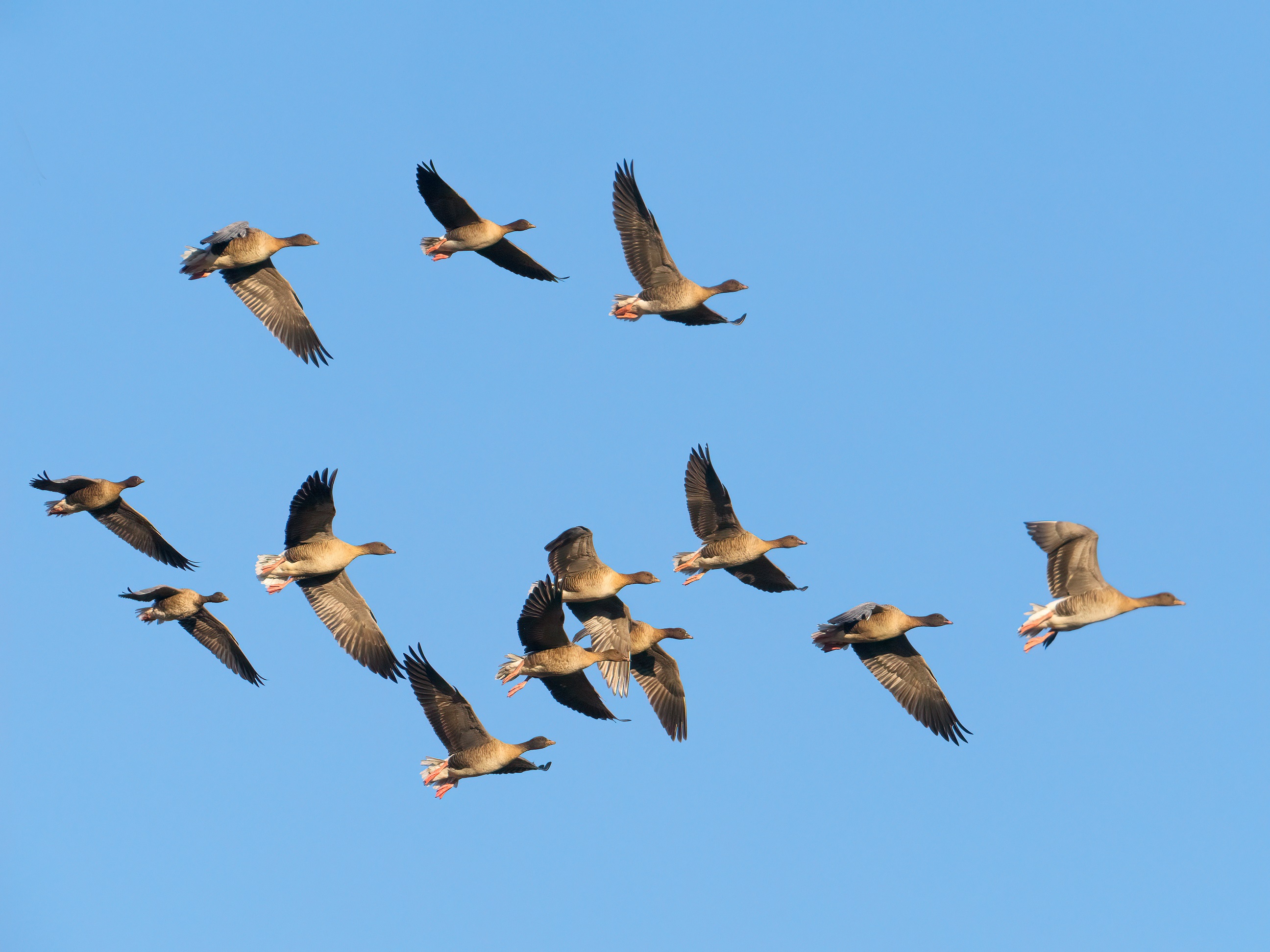
BirdTrack migration blog (20–27 September)
Be the first to commentLast weekend it was the westerly winds that affected the northern half of the UK, and brought in the star bird of the week with a Tennessee Warbler on Fair Isle, Shetland on 15 September. Other rare migrants recorded on BirdTrack from across the Atlantic included Long-billed Dowitcher, which was seen on North Ronaldsay, Orkney and at Dawlish Warren, Devon from 13 September. On 15 September a Semipalmated Sandpiper was on the Isle of Lewis, while Pectoral Sandpiper were recorded at 12 locations and American Golden Plover at six locations during the past week.
Another rare migrant reported during the week was a Great Grey Shrike of the subspecies Steppe (pallidirostris), seen in Dunbar, East Lothian from 12 September. This subspecies is native to central Asia and parts of northern China, Iran, Afghanistan and Pakistan, but there have been 510 records in BirdTrack over the years, relating at least 25 birds that have been seen in Britain and Ireland.
Other rare and scarce migrants on BirdTrack lists included the Brown Booby that continues to be seen off the Kent coast, and the Ferringous Duck in Cambridgeshire, Leicestershire and Warwickshire that arrived last week. Sightings of Pallid Harrier, Red-backed Shrike, Wryneck, Barred Warbler and Red-breasted Flycatcher (including a Danish-ringed bird caught at Landguard Bird Observatory on 16 September) also continue to be recorded.
Although a lot of our summer migrant warbler species have passed their peak phase of autumn migration, Chiffchaff are now hitting theirs through the second half of September and into October. Although now there may only be the odd snatch of their familiar song, getting to know their “hweet” contact call helps to find them as they move through gardens and hedgerows, often tagging along with tits in feeding groups.
Looking ahead
While writing this the current forecast shows high pressure moving over Fennoscandia bringing easterly winds from Europe through the weekend. This is following a spell of high pressure over Russia that saw a wind flow from Asia right across to northern Europe. So again, it is the kind of forecast where you want to get to the east coast if you can. Although being a bit later in September probably means that there will not be the numbers of the species observed a couple of weeks ago, there is every possibility of some rare vagrants being found. Yellow-browed Warbler may arrive in good numbers, and the last few days have seen what appears to be the start of their now annual autumn passage through the UK. It could be worth checking the rump of any that you might see for a pale yellow patch, to check you haven’t come across an early Pallas’s Warbler. Other possible vagrants from the east that could appear include Richard’s Pipit, Radde’s Warbler or maybe a Lanceolated Warbler. Although most recent years have seen records from Shetland, a mainland bird I am sure would be very well received by birdwatchers.
During the weekend low pressure moves in from the south, bringing with it the chance of thunderstorms and rain in places and then through next week it looks like we will see southerly winds for a time, which probably won’t be the best conditions for migration at this time of year. However, it may mean any vagrant and passage birds that have arrived could stay until conditions change again. The winds may be strong at times so trips to a coastline with prevailing winds may see some good close seabird encounters.
So I hope you have a good week, dodging the thunderstorms if they occur near you and hopefully recording some good birds on your BirdTrack lists.
Send us your records with BirdTrack
Help us track the departures and arrivals of migrating birds by submitting your sightings to BirdTrack.
It’s quick and easy, and signing up to BirdTrack also allows you to explore trends, reports and recent records in your area.
Find out more


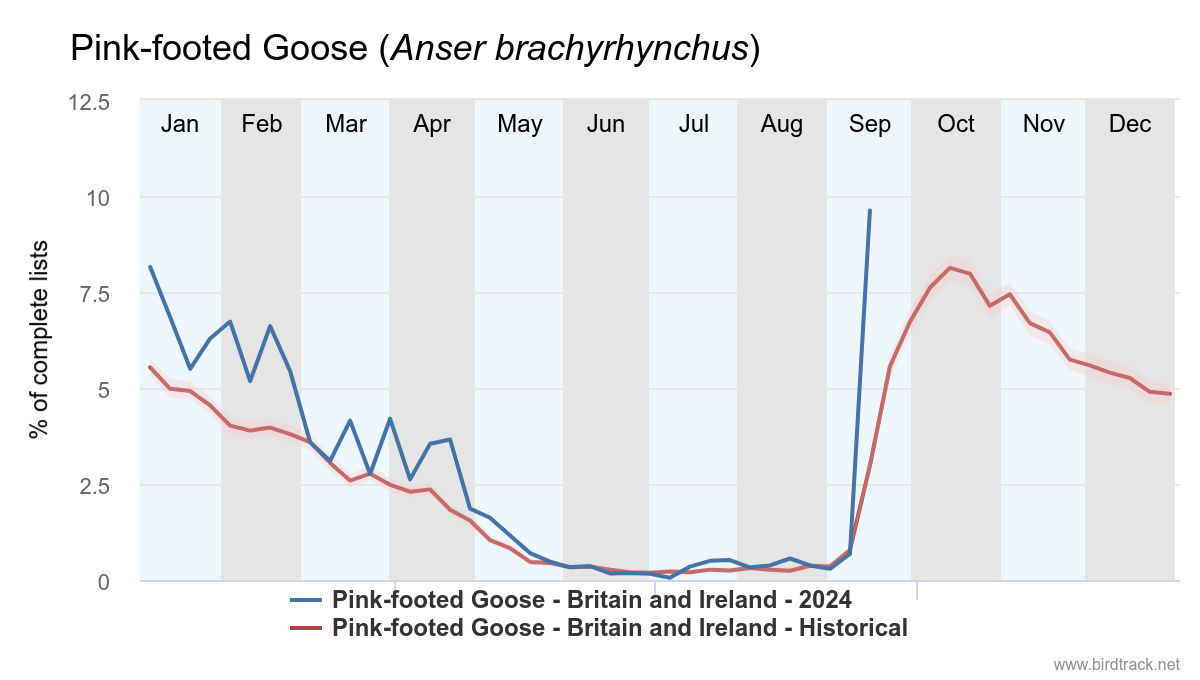
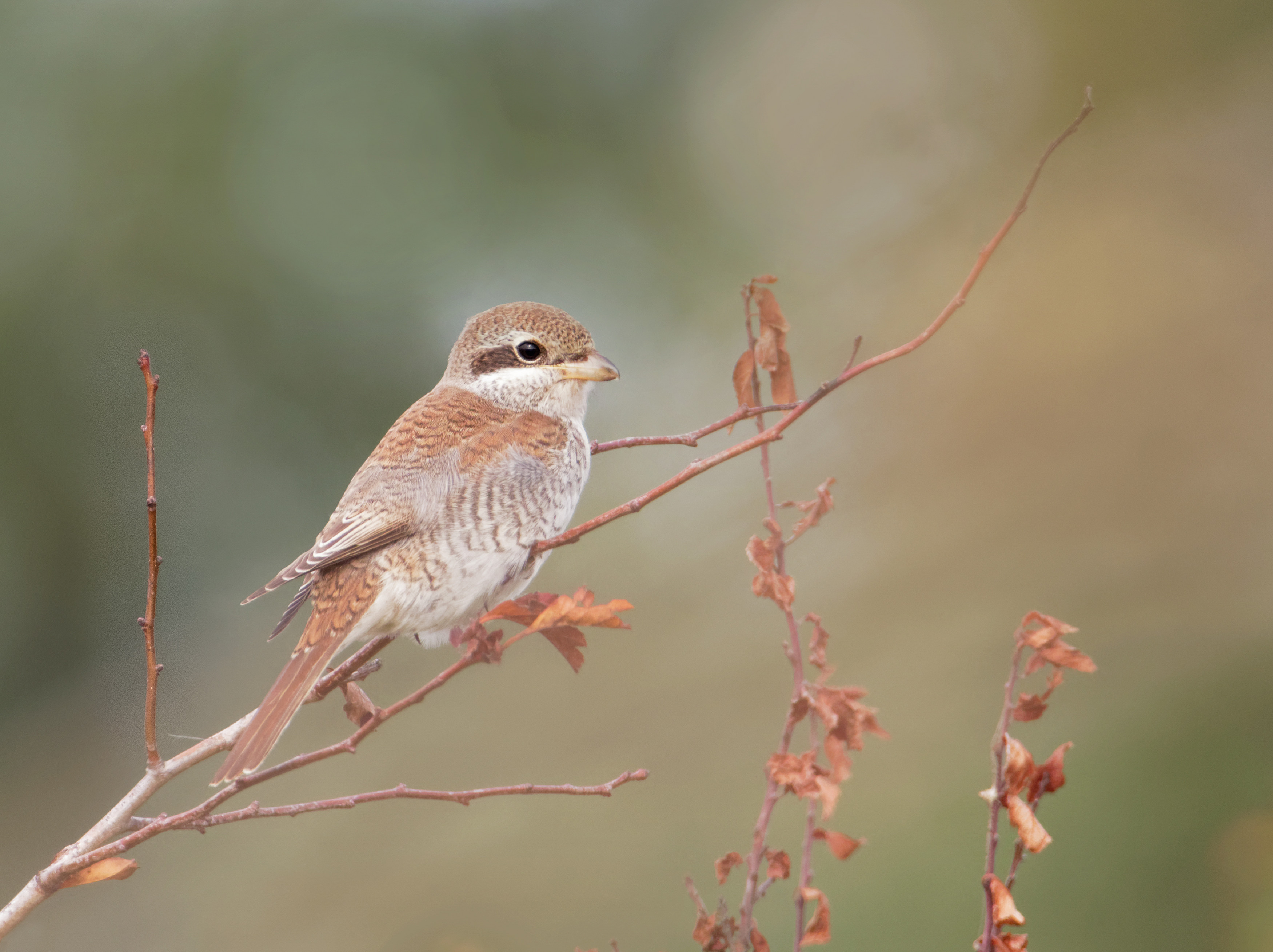
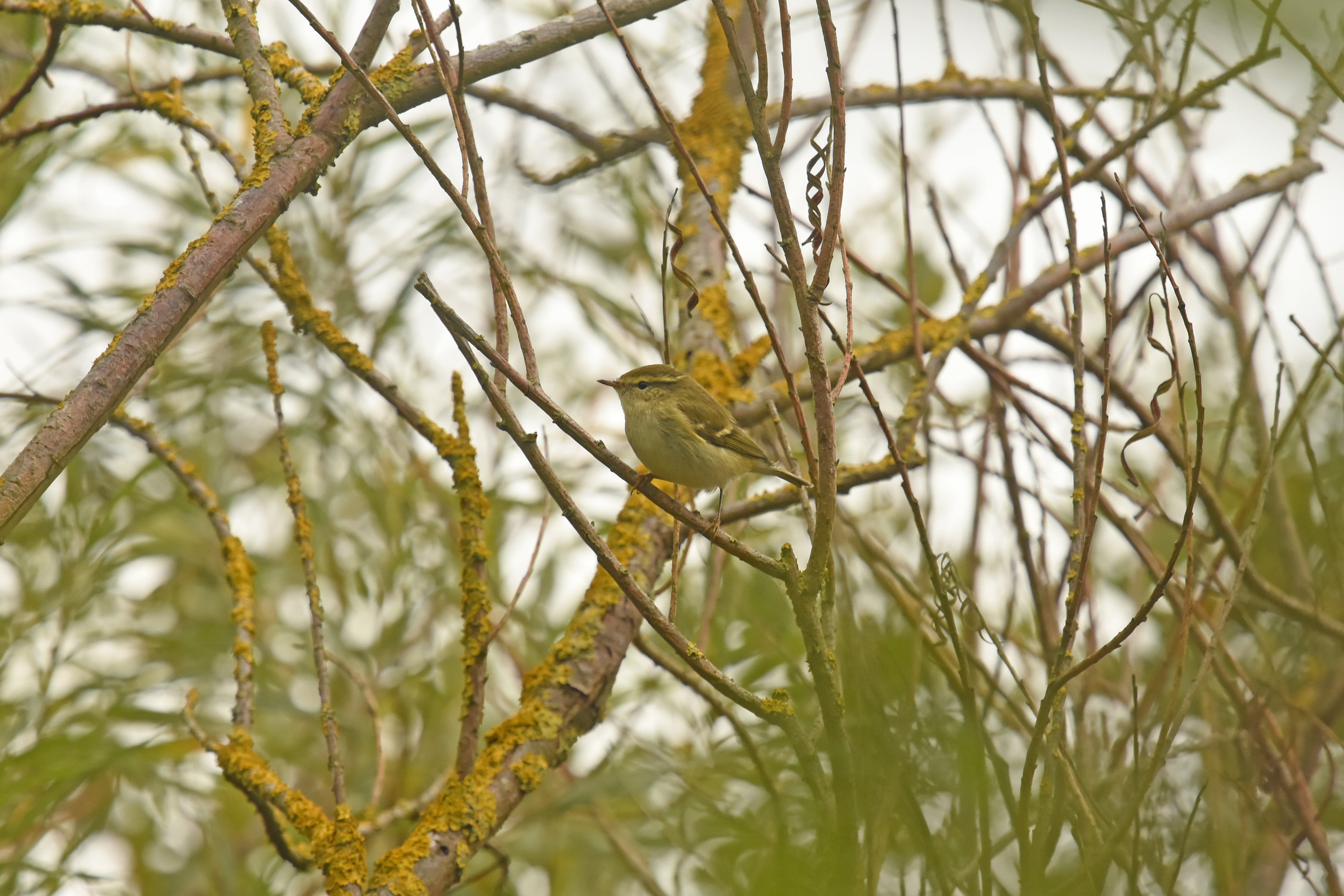
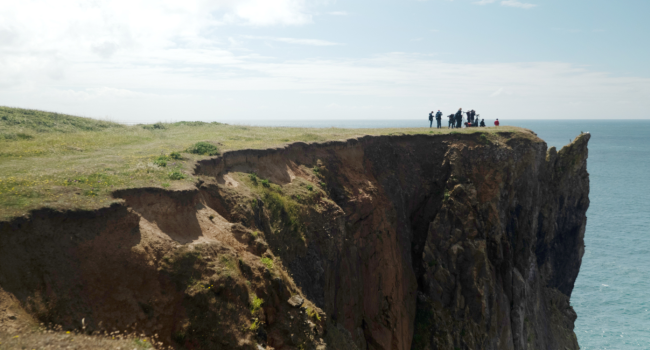



Share this page